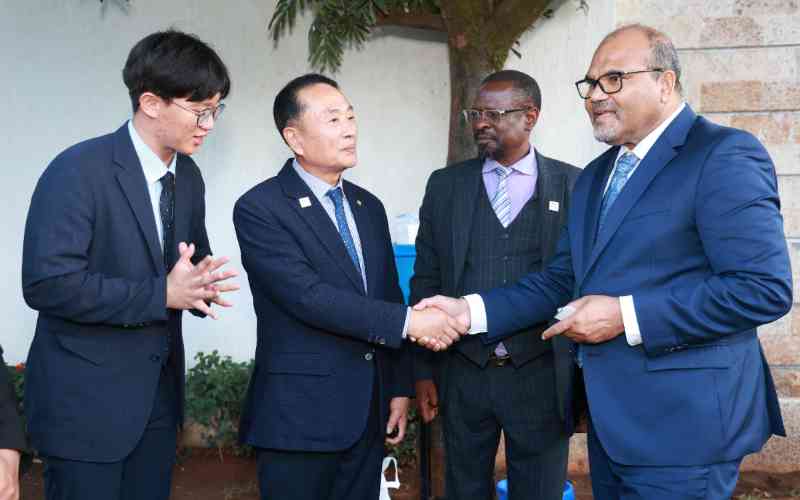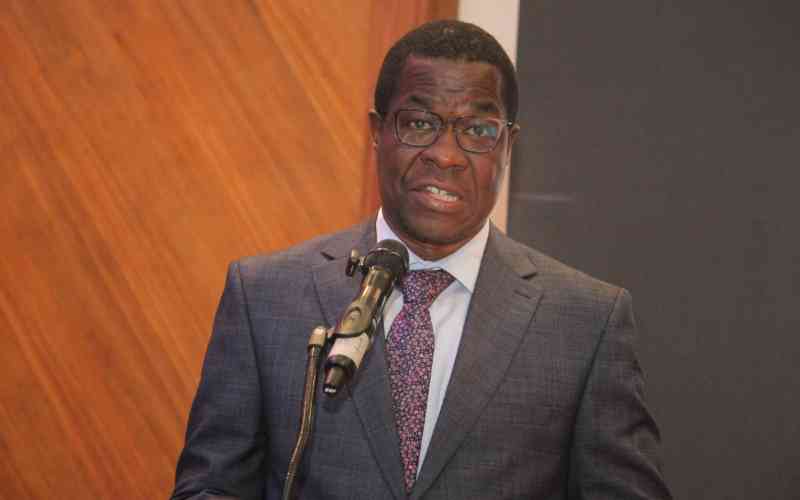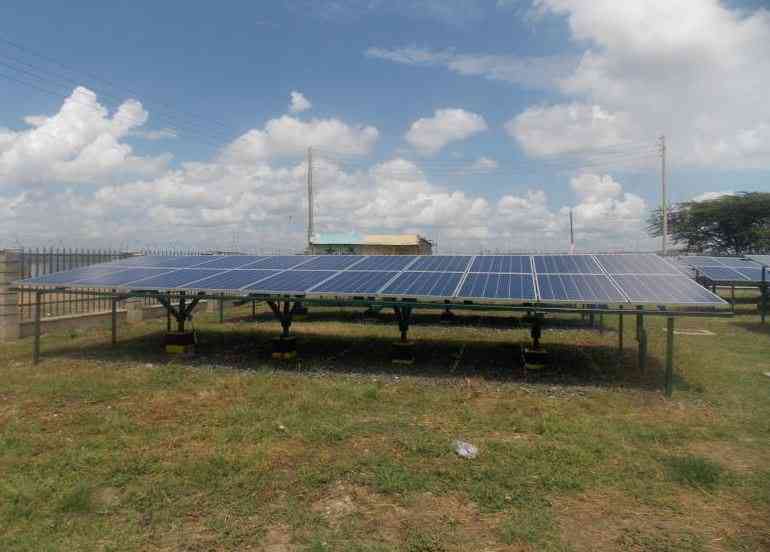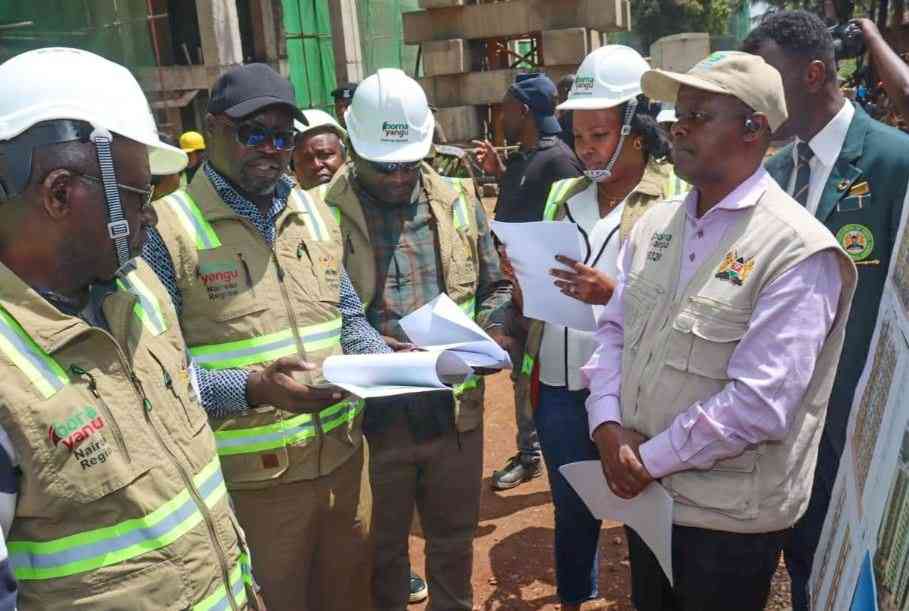
Conflict and violence in most cases are reported and often experienced through a masculine lens. We see men in the frontlines with guns, mishale and machete. They are either attacking, retaliating, defending, and dying as well. As a result, narratives and responses mainly center on male experiences. Yet this framing erases half the population and some of the most vulnerable victims from the story.
Women are not absent from these conflicts. They are at work or at home when raiders attack. They are hiding in bushes with their children when villages burn. They are the daughters and mothers sexually assaulted or murdered in some extremes. In many cases, they are also active agents. They are peacebuilders and sometimes even unwilling or willing participants in cycles of retaliation.
Over the last two weeks, we have witnessed increased cross border flare-ups particularly in West Pokot and Turkana, Isiolo and Samburu, and Taita Taveta and Kajiado among others. Reports counted the dead, which is important, and stolen livestock but rarely asked where the women are yet in the middle of conflict, women and girls face high risks of sexual violence. According to UN Women, women and girls accounted for 95% of Conflict Related Sexual Violence (CRSV) in 2023.
At the border of Kajiado and Taita Taveta, Njukini, Elarai area, 70 homes were torched and lives lost this week according to the local media. It is reported as a long standing conflict between the Kamba and Maasai communities over land. The 70 homes were shelters to hundreds of Kenyans; women, men, children, the elderly, yet there is no mention of where the torched house occupants are and if they are safe.
This silence reflects long standing patriarchal norms that often push women to the margins not just in society, but in how we document and respond to crisis. As a result, even when data is collected, it rarely disaggregates impacts by gender, age, or vulnerability. Without this kind of data, policies risk being blind to the specific needs of women and girls.
It is said that budgets follow narratives. So if women’s pain in the cross border conflict Between Kajiado and Taita Taveta is not counted, then it is not funded. And if it is not funded, it remains unaddressed.
This gap between recognition and policy highlights a broader challenge. Kenya has made notable progress toward gender-responsive governance. The establishment of Technical working Committee on Gender Based Violence and Femicide, the adoption of the Kenya National Action Plan on UN Security Council Resolution 1325 (which emphasizes women’s roles in peace and security), and the ongoing development of a National Care Policy all indicate political will. But implementation on the ground remains weak.
“From the first case I handled in 1998 to date with over 14,000 cases, I have seen it all, mambo kwa ground ni different” says Mary Makokha, a community gender advocate from Busia, during the recent Gender Sector Working Group meeting at Nairobi’s Safari Park Hotel.
She highlighted the impact of both conflict related sexual violence and GBV in general. In her words, “women missing teeth from beatings, girls with bottles forcibly inserted into their bodies - when I leave my house, I usually don’t know the kind of case I would come across”
Busia is one of 22 counties identified by the Ministry of Gender as hotspot for gender-based violence (GBV). As a border county, Busia is unique and faces other challenges including cross-border tensions and security challenges. “Without a safe house for survivors, police and community members bring abused women and children to my home” Mary added.
Despite its high GBV burden, Busia has not yet localised a Women, Peace, and Security (WPS) action plan, a policy that would integrate gender perspectives into county-level peace and security strategies.
However, moving forward and besides the policy documents we need a shift in how we see, report, and respond to conflict.
Policymakers must insist on sex- and age-disaggregated data and the impact incidences have on both women and men, and girls and boys. If this is done, then budgets will reflect the real costs of violence and not just in bullets and burnt homes but in broken bodies, silenced voices, and stolen futures.
And in the spirit of leaving no one behind, women’s stories deserve to be told and their pain seen. We can and should harness their resilience too in building a peace that truly includes everyone.
The writer is a Social Cohesion and Gender Expert
Stay informed. Subscribe to our newsletter







